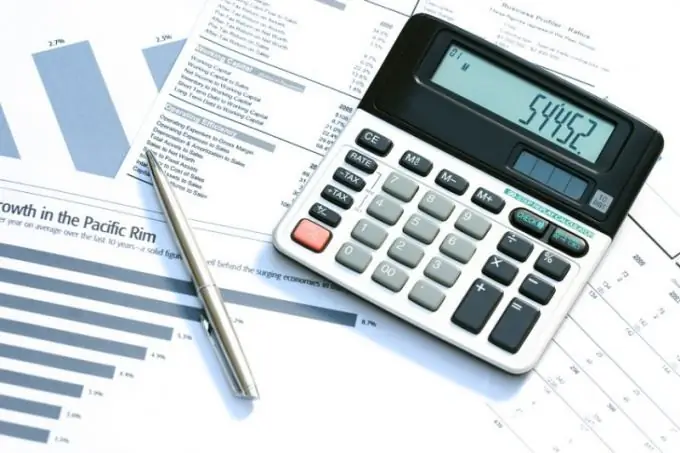- Author Isaiah Gimson [email protected].
- Public 2023-12-17 02:53.
- Last modified 2025-01-24 12:06.
The balance sheet reflects all cash flows in the activities of the enterprise, each element of its financial condition at a separate date. This document contains all the necessary information about the company's cash flows.

Instructions
Step 1
Write at the very top of the sheet, in the middle, the name of the company. A little lower, write: "Balance sheet as of". Next, enter the date.
Step 2
Draw a table. Above it, on the right side, mark in which units the sums of indicators will be reflected. For example: "in thousands of Russian rubles". This sentence should be written in brackets.
Step 3
Write in the first line of the table ("heading" of the first column): "Assets". In the rows below in the first column, list the company's assets:
- cash;
- required reserves;
- securities;
- funds in other banks;
- loans to customers;
- balances of factoring operations;
- interest income;
- deferred tax asset;
- other assets;
- fixed assets.
Step 4
Complete the following columns. In the "heading" of the second column, write: "Note". Here you can specify the codes of other documents so that you can later check the calculations. In the third and fourth columns of the table, indicate the required dates (years), based on which this report is prepared. You can write in the heading of the third column: “At the beginning of the year” and then indicate the corresponding year, and in the “head” of the fourth column: “At the end of the year”. Fill in the data in the above sections.
Step 5
Print the total assets. Write at the bottom of the table, in the first column: "Total assets". Then, in accordance with the period, enter the obtained values into the following columns of the table.
Step 6
Make another table. In it, in the same way as in the previous table, enter the following data: liabilities and capital (customer accounts, funds of other banks, own bills, interest expenses and liabilities), total liabilities, capital (share premium, authorized capital, own shares, revaluation fund of the amount of fixed assets and other reserves), capital total. Next, output the total amount of liabilities and capital.
Step 7
Provide all required signatures. As a rule, the signatures of the manager and the chief accountant must be on the balance sheet.






